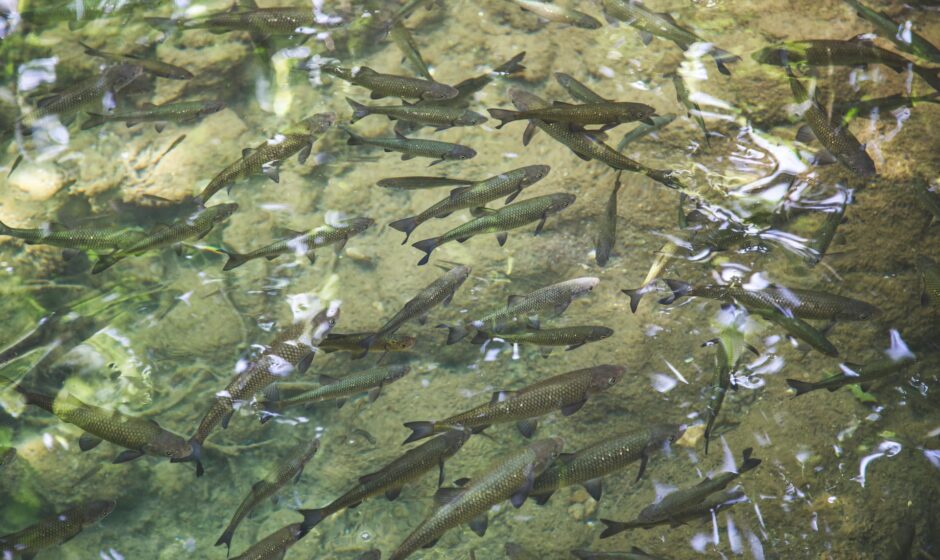Winter months (November – January) can be a challenging time for fish farmers. The water level declines, the temperature drops, and the fish become more susceptible to diseases. However, with proper management, fish farmers can maintain healthy fish populations and ensure a good harvest at the end of the season.
Maintaining Water Quality
It is essential to maintain water quality parameters such as dissolved oxygen, pH, temperature, alkalinity, and hardness within the optimum range. This can be achieved by checking the soil and water pH and applying lime accordingly, removing bottom debris, preventing aquatic plant growth, discouraging animal entry or bathing in the pond, avoiding washing utensils and clothes in the pond, maintaining the recommended stocking density, providing supplementary feed to the fish daily, and periodically checking the health status of the fish.
Preventing Diseases
Fish are more susceptible to diseases during winter months due to the reduced water temperature. To prevent diseases, it is important to maintain good water quality, avoid overstocking, and provide supplementary feed. If diseases do occur, isolate affected fish and treat them with potassium permanganate solution.
Aeration and Partial Harvesting
In winter months, the length of day and intensity of light decrease, which can lead to reduced oxygen levels in ponds due to decreased photosynthetic activity. To ensure adequate oxygen levels, farmers should aerate their ponds by adding fresh water or using aerators, especially during early hours of the day.
Since the water level declines in winter months, it is advisable to partially harvest some of the fish (weighing 700 g and above) to reduce the density. This will allow the remaining fish to grow better.
Monthly Management Measures
In December, check the water quality, fish growth and health status, apply lime, apply manure and fertilizers if necessary, feed the fish daily, and observe their swimming behavior. If any signs of stress or disease are observed, stop feeding, liming, and manuring, and consult an expert.
In January, harvest the entire fish population or partially harvest the bigger size fish to make room for smaller fish to grow. Continue with the management measures taken in December.
By following these management practices, fish farmers can ensure the health and productivity of their fish ponds during winter months, leading to a successful harvest at the end of the season.

